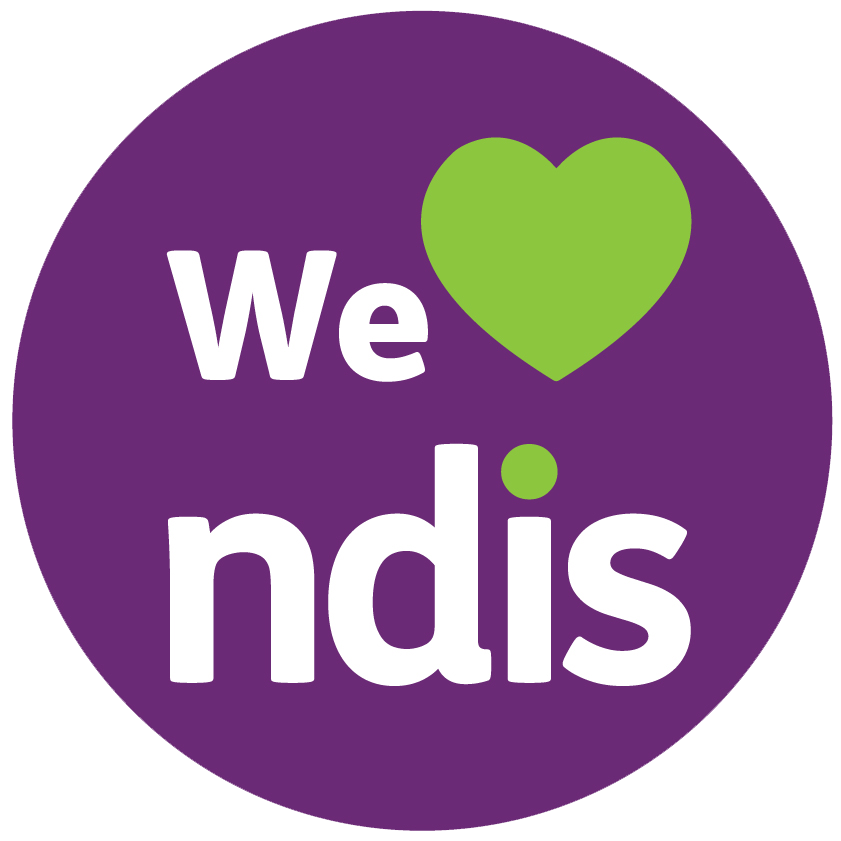The role of physiotherapy in managing Parkinson’s disease
Parkinson’s disease is a progressively degenerative neurological disorder that affects millions of people worldwide, and approximately 219,000 people in Australia. Parkinson’s disease, and assisting people living with the disorder, is of personal interest to me, as my late grandfather has this condition and I witnessed firsthand the impact it had on him, and our family.
Understanding Parkinson’s disease
Parkinson's disease primarily affects the substantia nigra, a region at the base of the brain, and was first identified in 1817 by Dr James Parkinson. The substantia nigra houses black pigmented cells responsible for producing vital neurotransmitters, including dopamine. A decrease in dopamine levels over several years is a hallmark of Parkinson's disease, although the exact cause of this reduction remains unknown.
The role of dopamine
Dopamine, along with the basal ganglia, plays a crucial role in coordinating body movements, such as walking, writing, and putting on shoes. When the basal ganglia malfunctions in Parkinson's disease, various movement-related issues arise, marking the onset of symptoms.
Symptoms of Parkinson’s disease
The signs and symptoms of Parkinson’s disease begin to present when dopamine levels reduce to one fifth of normal dopamine markers. The signs include tremors, rigidity and stiffness, poor balance, poor posture, short, shuffling steps, and a type of sudden freezing mid gait, as well as bradykinesia, a slowness of movement. Aching and stiffness are also symptoms that are commonly reported. All symptoms can affect both sides of the body, but sometimes affect one side more than the other.
Tremors are the most common early symptom, starting unilaterally in the upper limbs. This type of tremor is often described as a ‘constantly running motor’ which increases with anxiety, decreases with activity, and becomes absent in sleep.
Rigidity and stiffness lead to a sense of increased effort during movement, causing muscular pains. Individuals with Parkinson’s disease have reported that their limbs feel heavy and weak, but still maintain the same level of strength and power.
Postural instability and poor balance can result in unsteadiness, limping, and stooping. Consequently, this creates an increased fall and trip risk for individuals with the disease.
Bradykinesia manifests as slow initiation of movement and a lack of spontaneous motion, leading to progressively smaller handwriting and tremors commonly associated with Parkinson’s disease.
The Role of Physiotherapy
Upon diagnosis, the focus turns to managing the disease. While there is no cure, treatment aims to alleviate symptoms and promote a healthy lifestyle. Medication typically involves dopamine replacement, with levodopa being a common choice.
Physiotherapy, along with occupational and speech therapy, plays a crucial role in supporting individuals with Parkinson's disease. Physiotherapists at Vivir Healthcare work to enhance mobility, coordination, and cardiovascular fitness while addressing rigidity, posture, and balance issues. This individualised approach helps patients maintain independence and safety.
In addition to therapy, individuals are encouraged to engage in regular physical activity to improve mobility and delay secondary symptoms. Support groups and counselling provide emotional support for individuals and their families, fostering understanding and friendship among those facing similar challenges.
While surgery was once an option for Parkinson's treatment, drug therapy like levodopa has become more prevalent. However, maintaining activity levels, emotional well-being, and a near-normal lifestyle remains crucial. Physiotherapy serves as a vital component in ensuring individuals with Parkinson's disease can retain their independence, mobility, and safety.
At Vivir Healthcare, our dedicated Physiotherapists are able to support clients with Parkinson's disease, whether in Residential Aged Care or in the comfort of their own homes through our Home Care Service. If you are interested in learning more about our physiotherapy and other allied health services, please fill out our contact form. We are here to help you or your loved one on the journey of managing Parkinson's disease.








